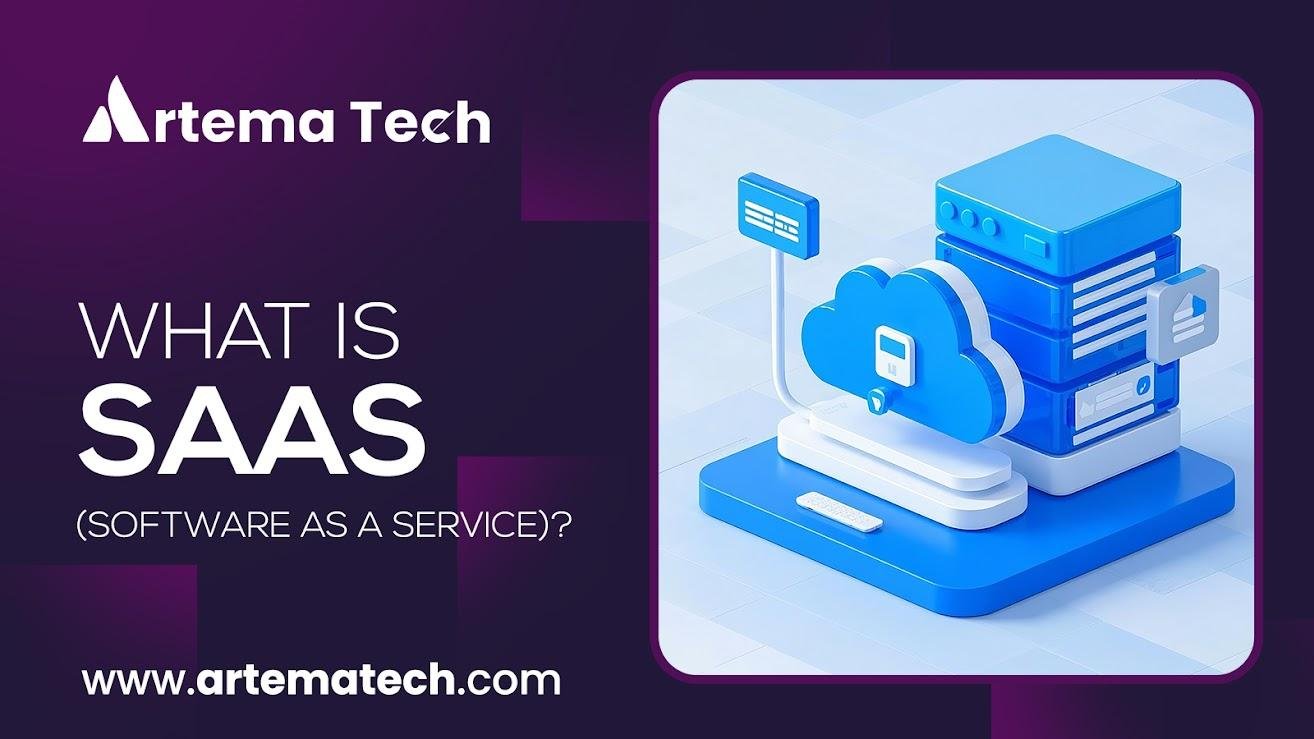Subtotal $0.00
The growth and development of SaaS has been a cornerstone in the delivery of software applications. Indeed, SaaS is a distribution network that has proved to be a “revolution” in information technology. Two years ago, Bill Gates of Microsoft was quoted in an article saying that SaaS (Software-as-a-Service) is “the next sea change” in the software business.
There’s no question that SaaS is a subject that businesses want to learn more about. Whether it is a revolution or a natural evolution, SaaS is always an immediate attraction, especially for people with financial and service-delivery responsibilities in the management community.
What is SaaS (Software as a Service)?
Perhaps the quickest and easiest definition of the Software-as-a-Service model is provided in the article in The Economist (US):
“The delivery of software as an Internet-based service via a Web browser, rather
than as a product that must be purchased, installed, and maintained.”
How does SaaS work?
In the SaaS model, a software provider licenses a software application to be used and purchased on demand. This service runs on the cloud or a web browser with multiple end-users. The system is usually billed per usage and supports a multi-tenant architecture. The most popular example of a SaaS product is Gmail.
SaaS applications can be accessed over a network from various devices, such as web browsers and mobile apps. They do not require local installation; they just need a browser or another client device with network connectivity. Similarly, these applications support traditional application customization.
Characteristics of SaaS:
- Rather than installing and maintaining software on computers or servers, SaaS software lets users access the vendor’s software over the Internet on a “pay-as-we-go” basis.
- Each customer can either share access to the software with other customers or decide to be a single tenant.
- The SaaS model provides systematic support for the software to all subscribers. It saves them the cost and trouble of annual maintenance and upload of fixes and patches.
- The SaaS software enables its customers to benefit from the vendor’s latest technological features without the disruptions associated with software updates.
- The SaaS model eliminates the added costs and complexities of deploying additional hardware, software, staff, and resources to support an application on an ongoing basis.
Types of SAAS Development Services:
- Business Applications: As a business application industry, SAAS includes software that helps businesses complete tasks efficiently. Some of them dominate the market, while some focus on specialized solutions. Examples include Microsoft, Accenture, Electronic Data Systems, STARLIMS, and American Software.
- Development Tools: SAAS Development Tools include product development and management software rather than business processes—for example, Cadence Design Systems (semiconductor design tools) and Logility (inventory management systems).
Key Benefits of SaaS:
- Enhanced software deployment with less risk.
- Quicker time to deployment (value).
- Lower up-front costs.
- Higher productivity/ROI at a lower Total Cost of Ownership (TCO).
- No additional hardware or internal staffing requirements.
- Quality of Service improvements.
- Reduced risk as compared to conventional project methods.
- Lower total cost of ownership.
- Align business processes across the enterprise.
What Are the Potential Risks of SaaS?
- Difficulty in achieving agency agreement on standard functions.
- Threat of employee job loss due to cultural changes.
- Transition from legacy to multi-tenant, shared systems, or hybrid SaaS software.
- Unable to realize savings that result from SaaS deployment.
- Potential risks associated with data management, privacy, or data breach.
- Time-consuming legacy procurement process.
Cloud vs. SAAS:
Cloud computing and SaaS (Software as a Service) are related but distinct concepts.
- Cloud computing allows users to customize and manage applications on third-party servers, while SaaS provides ready-to-use software through a subscription-based model.
- Cloud users access data via the Internet without maintaining physical infrastructure, while SaaS users always require an Internet connection.
- Cloud provides flexibility for businesses to run and store applications on remote servers, while SaaS offers limited control over software customization.
Conclusion:
SaaS introduces a fundamentally different approach compared to traditional software models. Over time, it is expected to become the dominant method for application delivery. However, specific use cases, such as high-volume data entry in large corporations and specialized applications, may still require traditional models. SaaS cannot be an all-or-nothing proposition. Please visit our website, Artema Tech, for more information.
Frequently Asked Questions:
-
What is SAAS (software-as-a-service)?
The complete form of SAAS is Software as a Service. The platform delivers software as an Internet-based service via a web browser.
-
What is the difference between SAAS and PAAS?
SaaS delivers ready-to-use software, whereas PaaS offers the tools and environment for developing applications.
-
Yes, Netflix is a SaaS service.
Yes, Netflix is a SaaS service.
-
Is Amazon a SaaS service?
Amazon Web Services (AWS) is a cloud platform that provides a number of service solutions, including SaaS.
-
What is an example of SaaS?
The most popular example of a SaaS product is Gmail.

